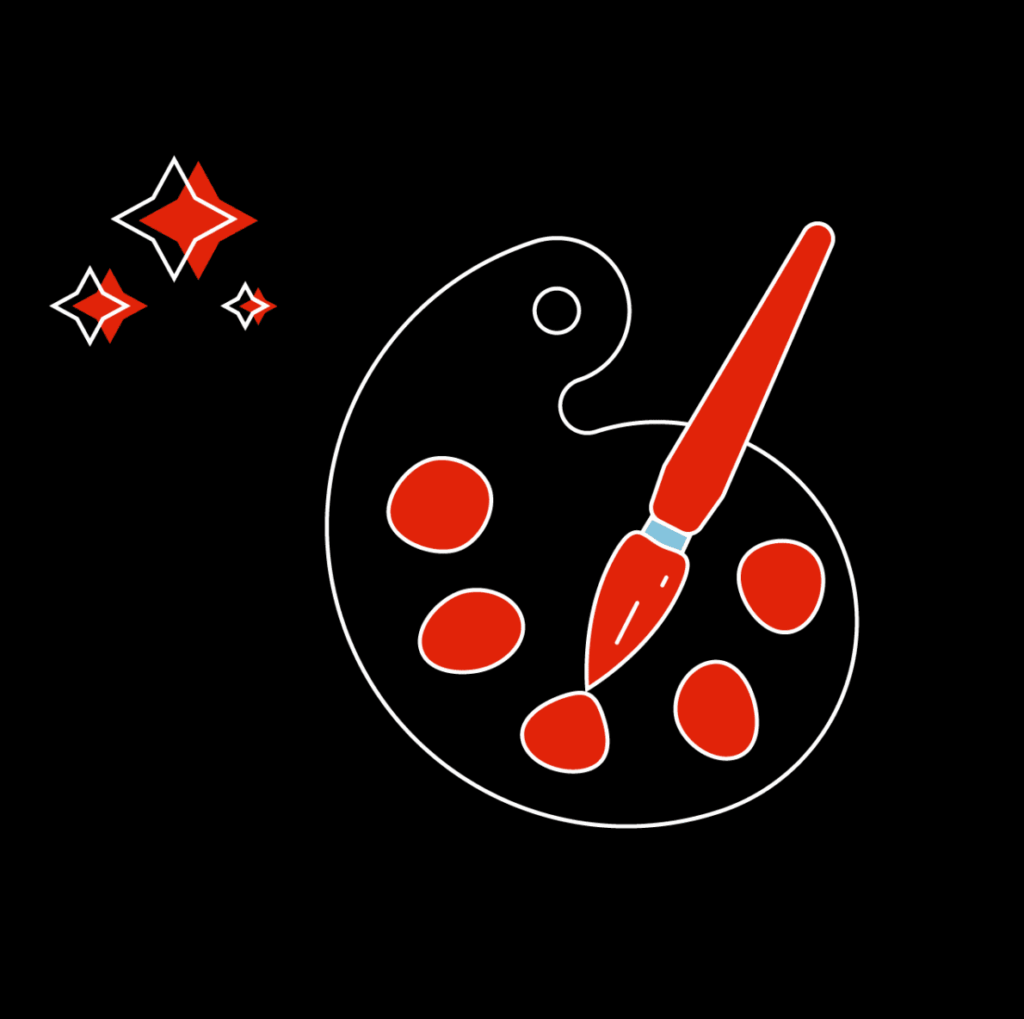
The Goldfish Effect: How this should impact your social media strategy

What is the Goldfish Effect?
Have you been left wondering why your social media content hasn’t been getting the attention that you expected? The reason may run deeper than you’d think…
We live in an increasingly digital world where any piece of information or source of entertainment is at our fingertips. Over time, we’ve learned to navigate these chaotic online spaces, taking on lots of short snippets of information. Being constantly connected to a wealth of knowledge, we can learn what we want, when we want, and share ideas with people worldwide with just a tap. It is fair to say that we have become accustomed to instant gratification.
However, researchers are concerned that the way in which we are using the internet is having a long-term effect on our collective attention span. Reining in our minds to focus on a singular task or idea could be becoming more difficult, some report. The National Centre for Biotechnology Information at the US Library of Medicine reportedly conducted a study claiming that the average human attention span has dropped from 12 seconds in 2000 to 8 seconds in 2013, one second below that of a goldfish. Hence, the term ‘The Goldfish Effect’ was born.
Whilst this supposed drop in global attention span could be attributed to a wide variety of factors, social media usage is often burdened with the most blame. Researchers have discussed the possibility of ‘social media multitasking’ being the main culprit. Some claim that platforms such as Facebook encourage users to pay attention to multiple features such as news feeds, lives, notifications, and messaging all at once and that this has a negative effect on concentration levels. Not only this, but we are also balancing multiple platforms with all of these same features, simultaneously.
The popularity of new platforms such as TikTok that are optimised for short-form video content is also said to be exacerbating the issue. Over 1.69 billion million global active TikTok users as of January 2025 are using the platform, getting their doses of instant gratification in a matter of seconds. And with other platforms like Instagram and Snapchat following their lead with the introduction of new features such as reels and highlights, it seems as though this isn’t going anywhere anytime soon.
This raises some interesting questions.
- Are our digital/ social media-focused lifestyles really affecting the way in which we consume and recall information?
- How does this affect those looking to use social media to advertise their business?
As a Social Media Executive for Embryo’s Social Team, the latter question is particularly interesting.
With the average daily screen time spent on TikTok being 58 minutes, you might be thinking that attention spans are not half as damaged as they say. However knowing the average TikTok video is only 47 seconds, users are watching between 50-100 videos (if not more) per day. It means that attention per video is a scarce commodity.
The possibility of a narrowing attention span, in combination with an increased amount of content being shared on platforms worldwide, means that you have an audience who are:
1 – Less inclined to pay real attention to your content, and
2 – Have an endless stream of content to choose from.
All users of social media can be super selective about what they consume. Although people are spending longer than ever before on social media, they’re paying less attention to everything that they’re seeing. You need to create social media content that can capture their attention.
Brands can still have a HUGE impact on social media when it’s used correctly. On a recent webinar, the Social Media Manager for Innocent Smoothies, John Thornton, summarised this idea perfectly, ‘When it comes to social media, you have food, celebrities, dogs, politics – you’re competing with all of these things for attention.’
And it’s true. You don’t just have to just consider other businesses offering a similar product/service to you as your competition, you need to consider anyone or anything, that may be targeting your audience.
We’ve collated some tips and tricks to help your content stand out.
1. Create valuable content
Know your audience well, and listen to what they want. Remember to test and optimise – always monitor what’s working, and what isn’t. The content that is working can be replicated, and built upon.
2. Elicit an emotional response
Think of all of the great adverts that you have seen on social media recently. The likelihood is that they made you feel something; perhaps happy, sad, hopeful or expectant. A great way to elicit an emotional response is to think, ‘how can my business be unexpectedly involved in the personal milestones of my customers?’ Rigorous testing has shown that adverts that elicit these types of responses are much more likely to engage customers and result in attitudinal or behavioral change.
3. Host Competitions
Competitions are a great way to grab a potential customer’s attention. ‘Interact with my company for a chance to win x’ or, put frankly, give this post some attention, for a chance to get something valuable in return.
4. Jump on trends
Social media trends die quickly. Make sure to jump on them quickly for a chance to generate real discussion, and drive engagement with your consumers. More recently, sounds and music on TikTok are becoming a great way to get your brand out there and get involved in video trends.
5. Interact with engagers
A customer choosing to interact with your business is invaluable. Make sure to capitalise on it by responding to as many comments or replies as possible with personalised responses. This is the same for any negative comments you may receive too. Consumers appreciate transparency!
If you’re looking for more in-depth ideas on social content to drive engagement, make sure to check out this blog.
Struggling to get your audience’s attention? Get in touch to see how we can help you.



